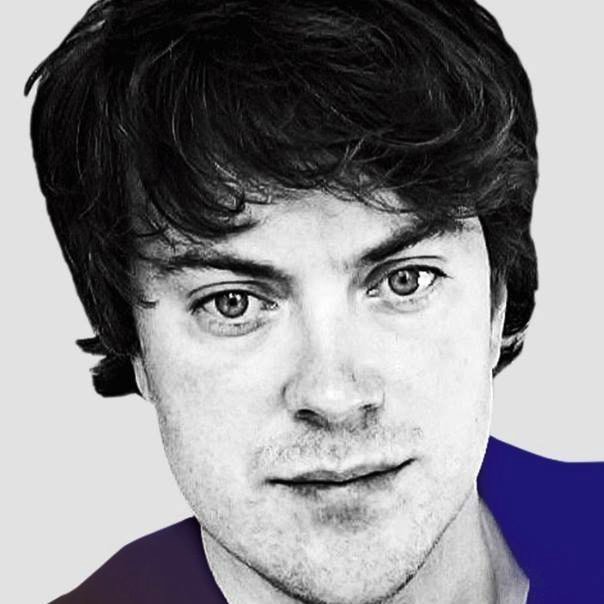One possible explanation is that we’ve evolved to prefer colours that our ancient ancestors associated with survival, safety and health. Among adults, bluish hues tend to be more popular than yellowishbrown ones, which might be because blue is associated with water and clear skies, while yellows and browns convey illness, human waste, and decay.
Consistent with this evolutionary idea is that, already by just a few months of age, babies are picky about colours, preferring to gaze at brighter colours like blue and red rather than duller ones such as brown.
However, our life experiences and the culture we grow up in are also likely to play a large role in our colour preferences. There’s evidence, for example, that our emotional reactions to objects and symbols can sway our preferences – the colour of our favourite football team, for instance, or a favourite piece of clothing.
We might also like certain colours because of their emotional connotations. Yellow, for example, is often seen as a ‘happy’ colour, while darker colours can be more mellow and reflective.
There are also associations between colour preferences and gender, especially among children. For instance, already by the age of 2.5 years, girls in Western cultures seem to have a preference for pink objects, while boys tend to avoid pink. The roots of these gender differences are complex (likely reflecting a mix of biological and cultural factors) andarestill being debated.
So there are a lot of factors at play, and there’s unlikely to be a single explanation for why we like the colours we do.
Read more:
- Why do we get so nostalgic about music?
- How does colour-change lipstick work?
- Why do many girls prefer the colour pink?
- Why do people have such different music tastes?

